-
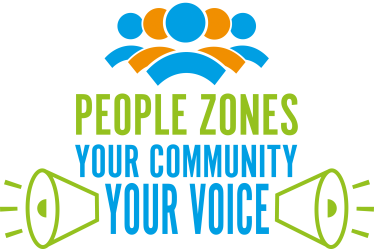
Evaluating People Zones Leicestershire
Through engaging residents in an Asset-Based Community Development Approach, our research for People Zones Leicestershire generated lasting resources which helped identify opportunities for hyper localised community initiatives. Now, we’re returning to evaluate the program’s impact, aiming to provide concrete evidence of its effectiveness in reducing crime and promoting community well-being.
-
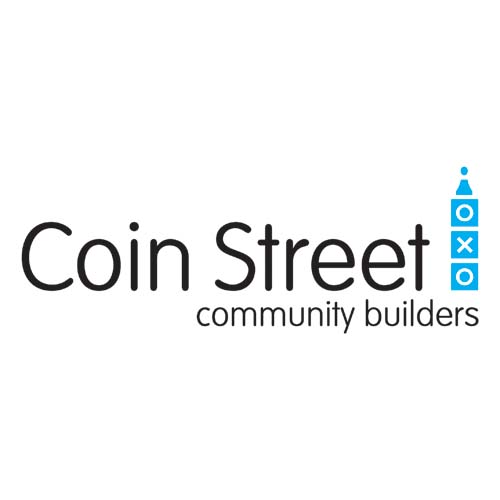
Coin Street: Assessing Public Sentiment
Project Background Born out of the efforts to resist neighbourhood gentrification, Coin Street Community Builders is a social enterprise and development trust that serves hundreds of homes and local stakeholders on London’s South Bank. Now, in celebration of Coin Street’s 40th anniversary, Mapping for Change has been commissioned to lead research on the perceptions of […]
-
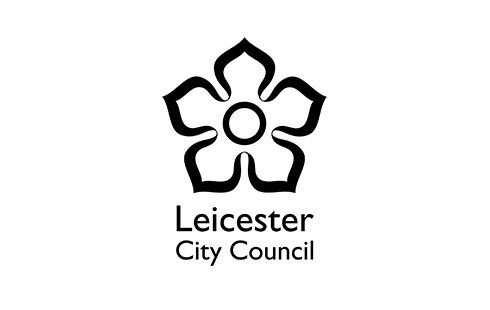
Leicester Family Hubs
We are excited to help introduce this transformative approach to health and social care to the city of Leicester. Family Hubs will serve as a bridge that bring together various organisations, services, and resources, making it easier for families to access the care and support they need.
-

We Care for Our Air Redbridge
Visit our interactive community map to share ‘pollution hotspots’ and see where monitors have been placed. Project Overview The London Borough of Redbridge has launched a new project to improve the air quality in the borough and raise awareness about the issue of air pollution. Key dates and project progress will be available on the […]
-

UP2030: Urban Planning and design ready for 2030
UP2030 aims to guide 11 pilot cities through the technical and social transition needed to meet their climate neutrality ambitions and develop pathways and enabling environments for other cities to follow suit. This will be achieved through research, actions and initiatives involving communities, stakeholders, and local administrations. The active and inclusive participation of communities is […]
-

People Zones Leicestershire
The concept of People Zones has been developed by the Office of the Police and Crime Commissioner. The vision is to grow safer communities by building on strengths, creating connections and empowering everyone to play a role. Three People Zones have initially been set-up: Bell Foundry; New Parks, and Thringstone & Whitwick in Leicestershire. […]
-
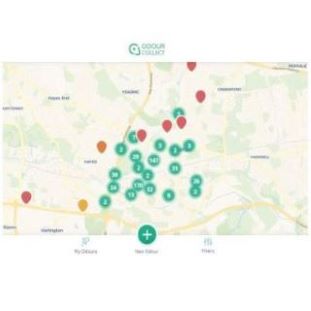
Addressing odour in Southall and Hayes
D-Noses is an EU funded Horizon 2020 project aimed at developing and testing new ways of tackling odour pollution. The traditional ways of measuring odour are expensive and time consuming and perhaps most importantly do not measure the impact that odour emissions have on those living nearby. This project will use citizen science to monitor […]
-
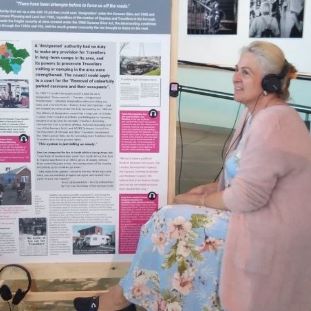
Gypsy and Traveller history and heritage in London
Generations of Romany Gypsies, Irish Travellers and Travelling Showpeople have lived and worked in London. Yet their unique contributions to the capital’s social, economic and cultural life remains widely unknown. This project aims to make visible their presence and experiences of the city over the last few hundred years, identifying: Memories of place – traditional […]
-
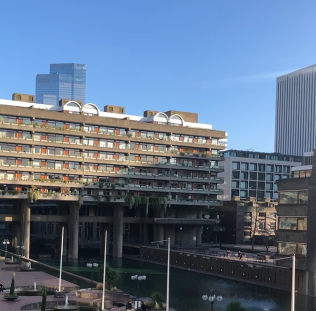
Science in the City 2
The City of London Corporation and Mapping for Change are teaming up once again to conduct a citizen science project to monitor air quality in the capital city and evaluate the recent changes made in the area. The project will seek to understand the impacts that public participation and citizen science have on environmental issues.
-
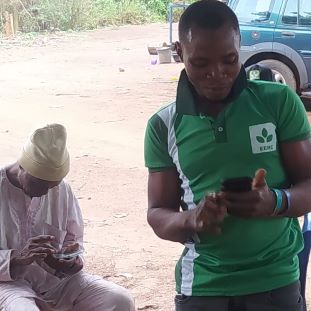
eCSAgri – Extreme Citizen Science in Agriculture
Can a combination of University College London’s ExCiteS Group’s and Mapping for Change’s tools (Sapelli, Geokey and Community Maps) and engagement methods enhance more resilient farming practices in Nigeria? This is the question that we’re trying to answer with eCSAgri, a six-month pilot led by our colleagues at University College London in conjunction with the […]
-

InSPIRES
InSPIRES is a EU-funded project which aims to address the information gap that vulnerable demographics can hold about the impact that air pollution has on their health. Mapping for Change works with a school in London, whereby parents and pupils will have the opportunity to monitor particulate matter and nitrogen dioxide pollution levels in and around their homes.
-
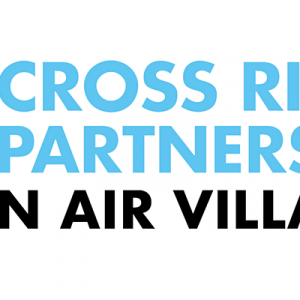
Clean Air Villages 3
Cross River Partnership is partnering with Lambeth Council for the Clean Air Villages 3 project to improve the air quality in 16 different London ‘villages’, where air pollution and population density levels are high. We’ll help KCH develop a baseline understanding of their local air quality around the hospital grounds.
-
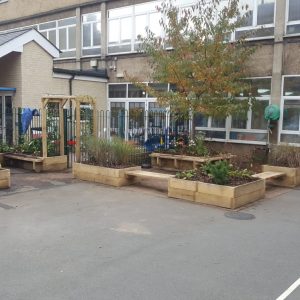
Planting Healthy Air in Schools
Mapping for Change is working with pupils and teachers to monitor nitrogen dioxide levels around each school using citizen science. Together, we have installed diffusion tubes at 10 locations around the school which will be changed over by the EcoClub every month for 12 months.
-
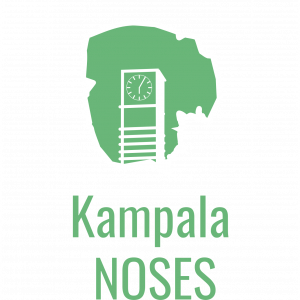
Kampala NOSES; Network for Odour Sensing Empowerment and Sustainability.
Kampala NOSES is a pilot project that seeks to introduce novel ways with which to monitor and record odour issues across Kampala. All key stakeholders, from policy-makers to public sector administrators, from academics to industries and the community at large are needed to create a longer-term vision of implementing new environmental reporting and governance mechanisms.
-

CIVACT – Promoting civic engagement among youth through district development
CIVACT is a EU-funded, two-year project which aims to address the lack of civic engagement among hard-to-reach youths in urban areas. The goal is to understand how can we empower young people to become the driving force for change through observing and analysing their neighbourhood’s resources and challenges.
-

COMENSI – Bridging the gap between adults and civic engagement
An EU project which aims to understand the lack of participation amongst adults, in formal consultations within deprived neighbourhoods. The project aims to understand the reasons for such lack for participation and which tools and strategies could be developed to change it.
-
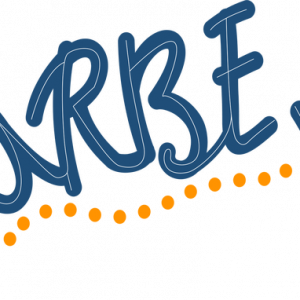
Urbex – Engaging Young People Through Urban Exploration
This is a project which used urban exploration as an innovative way to engage young people at risk of social exclusion and encourage their participation in civic issues. Each partner organisation worked in a specific pilot neighbourhood to test and deliver different approaches and applications of urban exploration.
-
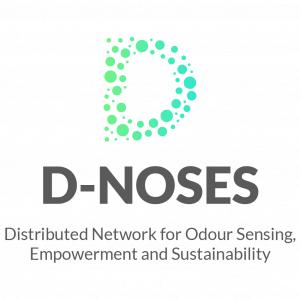
D-NOSES – Tackling Odour Pollution Across Europe
D-NOSES is a three-year EU funded research project which aims to provide a solution to the largely neglected issue of odour pollution, changing the traditional top-down approach for a bottom-up one. The lack of regulation from authorities around odour pollution is mainly due to it being difficult to reliably measure and the potential solutions being costly to implement.
-
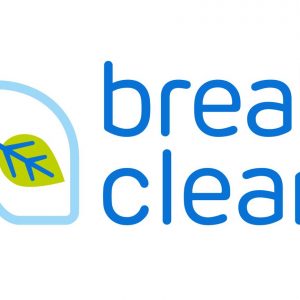
Breathe Clean – Citizen Science in Tower Hamlets
Breathe Clean will be providing Tower Hamlets residents with the materials & training needed to monitor nitrogen dioxide levels around the places that matter to them. Participants will measure the air quality at a number of locations over a period of six months, to get a more granular picture of the situation in the borough. The data from the Breathe Clean project will be made available on Mapping for Change’s community maps webpage.
-
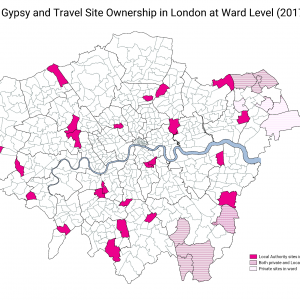
Mapping the Pathway to Equalities
There are around 30,000 Gypsies and Travellers in London. Their culture and traditions have developed through a nomadic way of life over centuries. However, across the country the community face an uncertain future. With some of the poorest social outcomes of any group in Britain the burgeoning cuts to public services will have a disproportionate effect on the community.
-
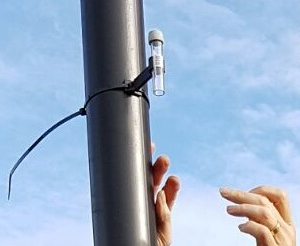
Love Lambeth Air
Love Lambeth Air provided local people with the materials and support required to collect measurements for nitrogen dioxide across a number of streets in Lambeth, providing a detailed picture of air quality in their local area.
-
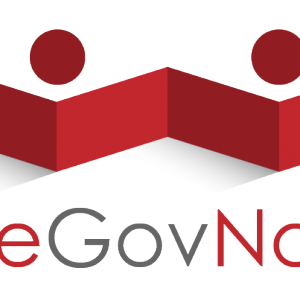
WeGovNow
WeGovNow is a three year research and innovation project focusing on civic participation in local government. It aims to change the relationship between citizens and local governments, transforming the citizen’s role from customer into partner. This is to be achieved with the development of a single community engagement platform, where citizens can interact with their governments and participate in local decision-making.
-

Ramp It Up!
‘Ramp It Up’ was a social media campaign aiming to increase awareness about the barriers people with limited mobility face on a daily basis. We called on communities to help their towns and cities become more wheelchair friendly by encouraging shops, restaurants or any building open to the public to use portable wheelchair ramps if more permanent solutions cannot be made.
-
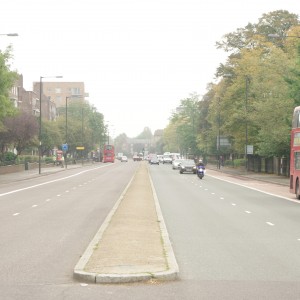
Design for Wellbeing
Design for Wellbeing is a multidisciplinary research project funded by the Economic and Social Research Council. The project aims to investigate ‘community severance’; the concept that major transport infrastructure, such as busy roads, can negatively influence elderly people’s physical and psychological wellbeing, by segregating their community and restricting their mobility.
-
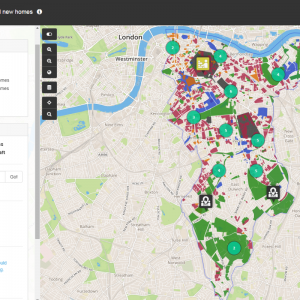
Southwark New Homes
In early 2015, Southwark Council commissioned Mapping for Change to build an online Community Map to aid and support the work of the Council, in its pledge to build 11,000 new homes over the next thirty years.
-

MyAccessible.EU
MyAccessible.EU is a three year research project funded by the European Commission. It aims to make cities’ built environment more accessible for disabled and older people by challenging social attitudes, raising awareness and delivering assistive mobile applications. These mobile applications will provide tools for collectively gathering and sharing information about accessibility of public spaces.
-
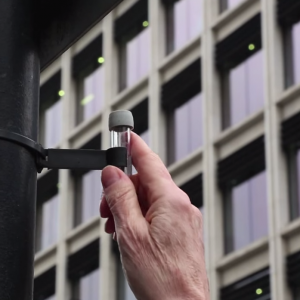
Science in the City
Science in the City is a project that is being carried out with residents in the Barbican and Mansell Street, in the City of London. Residents are using low-tech tools to measure Nitrogen Dioxide and particulates.
-
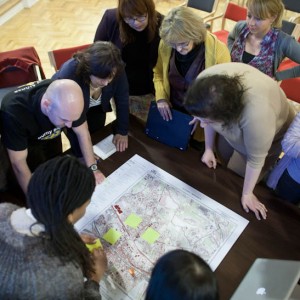
Eco21.PL
Funded under the Swiss Block Grant, Mapping for Change in collaboration with the Centre for Training and Personal Development MERITUM, the Cultural Authority City of Gardens and Highways 4 Elements carried out a two year training programme in the Silesia region of Poland.
-

Active CiTizenship and Social Housing (ACtS)
As part of the European Commission’s Lifelong Learning Programme, Mapping for Change were chosen to represent the UK in a learning exchange project with the University of Udine (Italy) and the University of Oulu (Finland).
-
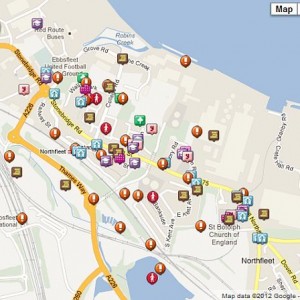
How to Spend a Million? Northfleet Big Local Trust
In 2012, the Big Lottery Fund in England invested £1 million in 150 neighbourhoods for its Big Local initiative. Northfleet, Kent, was one of the first 50 to be selected. The grant aimed to equip local communities with skills and tools to identify key areas and issues where action was reqiored in their area.
-

Citizen Science Used to Map Community Air Quality
In 2009, Mapping for Change supported communities across London to measure and map local air quality. Use of a ‘citizen science’ approach meant local residents in seven locations were able to collect data, then see the real results of their monitoring activities, and subsequently embark on a campaign to see the serious results addressed.
-
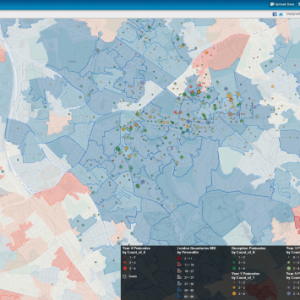
Local Schools for Local Children
A group of parents from East Finchley were frustrated with the lack of good community secondary schools in their area and decided to unite and demand for a change. The group, Local Schools for Local Children, expanded, and has now more than 1,000 supportive local parents, who are campaigning for a new Free School – The Archer Academy.
-
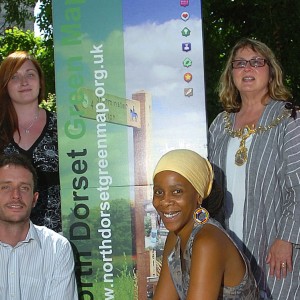
UK Climate and Community Action Map
Mapping for Change produced a Climate and Community Action Map, to inform people about initiatives happening in their local area. As there are thousands of organisations and projects that could be displayed, there is no one organisation that has a comprehensive list so any mapping will need to rely on local people’s knowledge and readiness to add their work to the map.
-
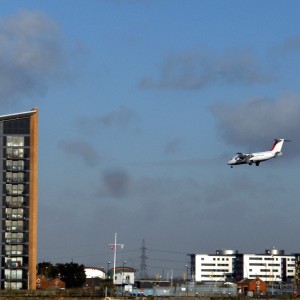
Royal Docks Noise Mapping
The Royal Docks in Newham, east London, sits along the bank of the river Thames and was historically a gateway between London and its global markets. London City Airport (LCA), constructed in 1986, is located in the heart of the community and principally serves the financial districts of London.
-
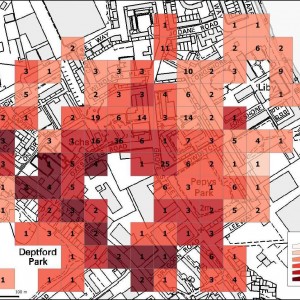
Pepys Air Quality
The Pepys Estate in Deptford, south London, is a predominately 1960’s housing estate on the banks of the Thames, characterised by tower blocks and social housing. Situated near a busy thoroughfare and surrounding an industrial site, the estate suffers a variety of urban environmental issues.
-
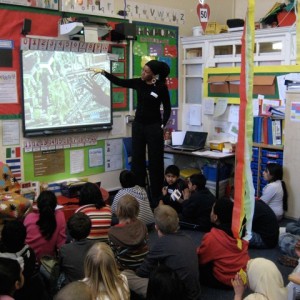
Putting Ourselves on the Map
Mapping for Change in collaboration with the Humanities Education Centre (HEC) and local specialist on learning and ‘place’ Maggie Hewitt, worked with three schools in Tower Hamlets (Columbia School Community Map, Arnhem Wharf School Community Map and John Scurr School Community Map) to pilot a brand new process in which Year 4 pupils develop personalised maps of their local area with their own likes, memories and views on change.
-
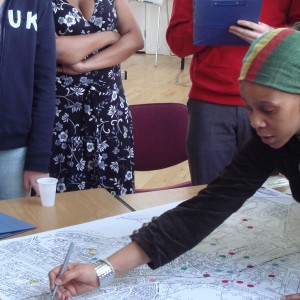
Hackney Wick Community Map
Hackney Wick is a community situated on the boundary of the 2012 Olympic Park within the London Borough of Hackney. Hackney Wick is just one of the many communities facing considerable change as a result of major development and regeneration plans. Developments to the Olympic site resulted in the loss of facilities used by local residents, such as the local playing field and allotments. There was continued mixed sentiment about the development and the legacy which they were to inherit.
-
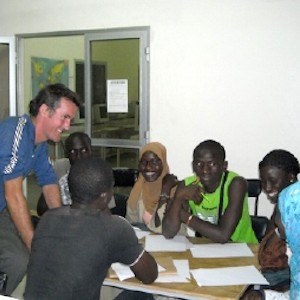
Map Link
Map Link enabled students from the Lycee Djignabo High School in Ziguinchor, Senegal to share and exchange perceptions about their local environment with students from Fortismere school in London, UK.
No projects found matching your criteria.